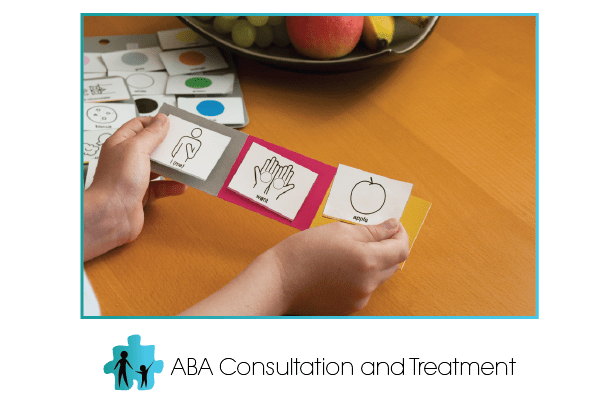One of the more frustrating parts of parenting is when your child will not listen. All parents have been here. Whether it’s brushing teeth, getting dressed, cleaning up, or simply leaving the park, all parents would appreciate being listened to a little more often.
In the context of therapy, having a child respond willingly to the majority of your demands is called having instructional control. Instructional control is an important part of a therapist’s toolkit and luckily, much of the underlying rationale can be applied to contexts outside of therapy, such as coaching, social groups, and parenting.
But instructional control is not the only tool we can use to increase cooperation. We should also be looking at the structure and content of our requests and instructions. What we are asking and when we are asking it can influence whether or not that request is followed.
Combining these two concepts can be very powerful. But, how can we take our understanding of these concepts and apply them to something usable and effective? Let’s take a look.
Primarily, we want to assess our standing as reinforcers; are we seen as someone who makes good things happen or not? We first need to connect with the child and establish a good relationship, that the adult is seen as a fun and loving person, and then the child will want to do what the adult is asking to get more fun from that adult. Instructional control is largely based on positive reinforcement and it will be important that you, as a parent, are associated with good things. When children are young this is rather easy to accomplish as they rely on parents for nearly everything. But as children age and become more independent, this aspect needs to be cultivated. One of the best ways to grow this relationship is through pairing. Find something your child enjoys and look for a way to become a part of that. This does not have to be a large part and in fact, a small role may be best. Think of watching some of your child’s favorite youtube videos and discussing them later. Maybe you can even watch some preferred content together. Or if your child loves video games, watch them play, ask about what they are playing, or even play with them! The most important aspect of pairing is that the activity remains fun and that you become a part of that fun, however small.
After you have spent some time pairing with your child’s favorite things, you should then spend some time thinking about your child’s abilities and your expectations of each situation. Meaning, is what you are asking appropriate for your child’s skill set? Obviously, asking a 1st grader to work on trigonometry is inappropriate, but much more subtle difficulties can be causing problems as well. Think about a homework routine where the homework itself is not difficult for your child, but the chain of behaviors (locating their bookbag, securing the correct materials, cleaning up, etc.) may be. Asking them to “finish your homework” means having to do all those behaviors and not just completing the homework, which may be contributing to them not listening. Instead try asking them to “grab your bookbag”, “get a pencil”, and “clean up”. Taking this approach and providing clear, concise directions clears up any miscommunication and can go a long way to increasing compliance.
And there you have it: a beginning blueprint for increasing cooperation. By putting these two concepts together consistently, you should start seeing increased teamwork and better listening very quickly. Best of luck!



